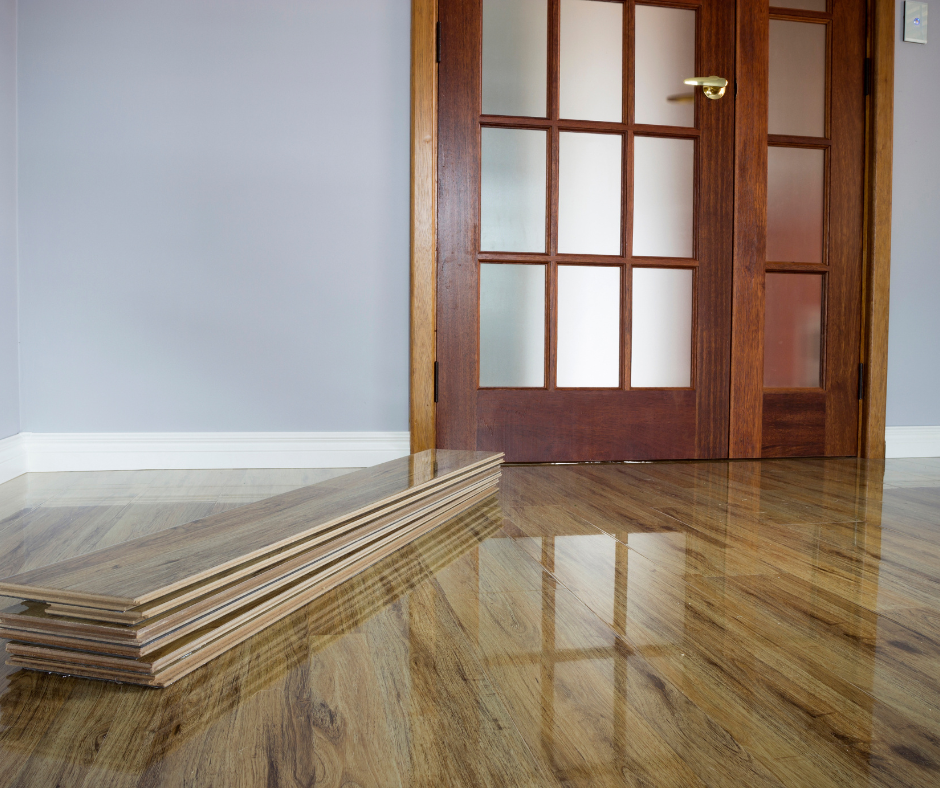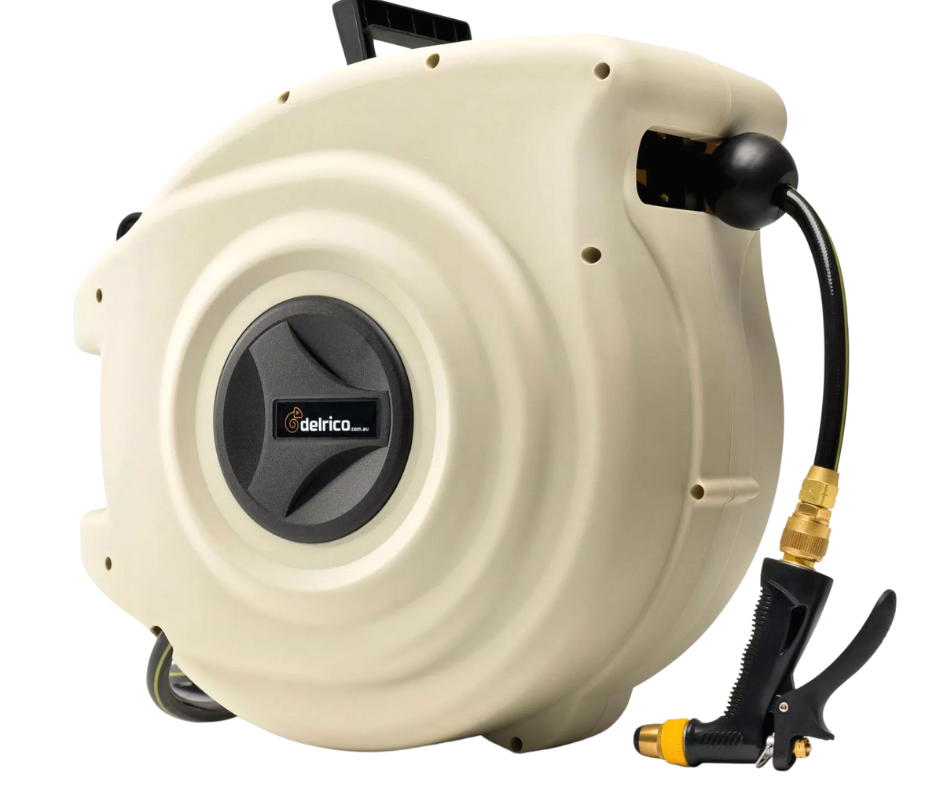The success of the project depends significantly on each of the multiple design phases that make up the architectural design process. You must have a thorough awareness of what to anticipate in each of the seven design phases, whether you’re a landowner planning a new structure, an architect vying for a large commission or a potential homebuyer.
How a corporation achieves its aims is significantly influenced by its strategic planning. Design thinking’s tenets are applied to the framework of a business plan in design strategy to better serve user demands and grow a company. Customers will be happier and business growth will be aided by understanding the fundamental principles of design strategy. If you are looking for an architecture design company in Delhi, AVA Design Studio is the best option. They provide proper service according to your requirements. In this post, we define design strategy; discuss its relationship to business and information, as well as its advantages and limiting constraints. We also outline how to develop a design strategy in five simple phases.
Design Strategy
Design strategy is a technique for modifying a company plan’s operational considerations to the needs of the customer to produce the best possible product. Through innovative applications aimed at the end user, this nexus between business strategy and design thinking accomplishes long-term objectives. Strategic thinking encompasses a complete team that makes valuable contributions at all levels of the business, as opposed to strategic planning, which gathers facts to determine how to approach a goal.
What design strategy offers
A user is effectively connected in more ways than one when a solid concept design is used. It develops productive work procedures that are both cost- and goal-conscious. Applying a design strategy is figuring out exactly how to get from where you are now to where you want to be.
How to develop a design strategy in steps
The stages that follow describe how to develop and carry out a design strategy from beginning to end:
Plan the site
Given that every site is unique, architects and designers must understand the situation they are in. Ultimately, minimising factors that might harm the environment and persons who will live or work in the building is the goal.
Major segments are the building’s placement and the site’s design. Correct building orientation can contribute to energy savings. The most heavily occupied portions of the structure should face north or south, depending on which hemisphere it is in, to make the most of daylighting. Windows shouldn’t ideally face east or west.
Ecological Design
The active design should also be sustainable, even though the passive design will be the main focus. The building’s careful placement plays a role in the architectural strategies, which rely in part on employing what the sun and the local winds have to give. When windows are sized and placed appropriately, they will heat the thermal mass that retains heat, maintaining temperatures without consuming energy.
Materials for Sustainable Building
Environmental architects need to specify high-quality building components that are energy- and environmentally efficient in their production and use. Pre-fabricated items and recycled parts are both advantageous.
Energizing Systems
Renewable energy sources, such as solar, wind, or biofuels, are typically used in sustainable energy systems. Ideally, electricity is produced locally, for instance with photovoltaic panels and an active solar power system. A tight building envelope is ensured by air sealing, which is a crucial component of integrated design. Effective insulation is also an essential component of energy efficiency.
The ultimate objective is for the system to be more environmentally friendly and cost-effective than conventional systems that rely on fossil fuels in terms of both money and environmental damage. Computerized energy management systems make energy efficiency maintenance easier.
Air Quality Indoors
Energy efficiency and the time-tested benefit of long-lasting structures go hand in hand with attaining the highest degree of indoor air quality feasible. It is essential for maximising the well-being and comfort of the population.
Improved indoor air quality can be achieved by avoiding products with high volatile organic compound (VOC) content, such as paint and flooring. The improved air quality will also result from the use of highly effective HVAC systems and HVAC components. The prevention of mould growth, which is a very significant health risk in and of itself, makes moisture control crucial.
Conclusion
It makes perfect sense that sustainable infrastructure requires both design and construction procedures for it to be significant when you consider how the building’s lifecycle, from conception to deconstruction, contributes to the success of the green concept. Hire AVA architectural design firm in Delhi to get the best architectural services. Hope the above-discussed thing is helpful for your quarry. For more details, you can ask us through the comment section.









